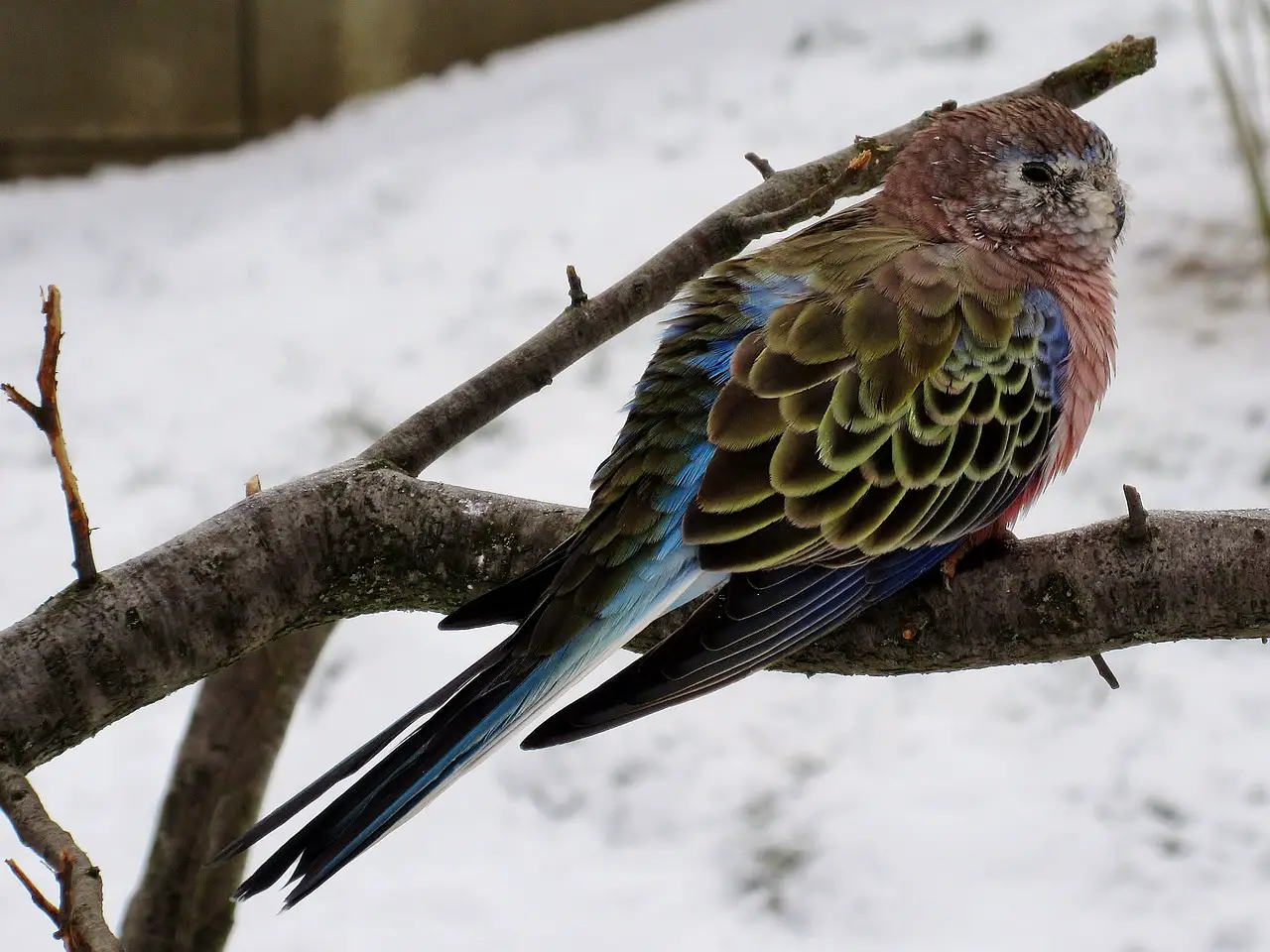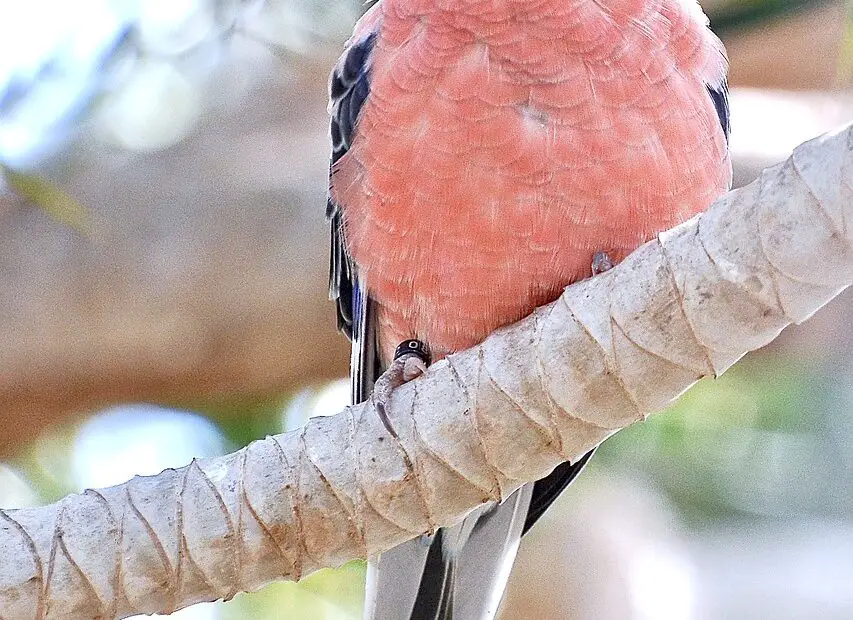Parakeets, with their vibrant plumage and charming personalities, have captured the hearts of bird enthusiasts around the world. Among these captivating avian companions, Bourke’s parakeet stands out for its beautiful colors and gentle demeanor. In this article, we will delve into the world of Pink parakeets, exploring their appearance, behavior, habitat, feeding habits, breeding patterns, and more. Whether you are a bird lover or considering them as pets, join us in discovering the wonders of these delightful feathered friends.
You may also want to read about blue parakeets.
Introduction
Bourke’s parakeet, scientifically known as Neopsephotus bourkii, is a small parrot species native to Australia. These captivating birds are renowned for their soft and pastel-colored feathers, making them a visual treat for any bird enthusiast. Let’s embark on a journey to explore the fascinating aspects of Pink parakeets.
1. Overview
Pink parakeets belong to the Neophemas genus, which includes other parrot species such as the elegant parakeet and the turquoise parrot. They are native to the arid and semi-arid regions of Australia, including grasslands, open woodlands, and scrublands. These parakeets are known for their peaceful nature and their ability to thrive in harsh and challenging environments.
2. Appearance
Pink parakeets showcase a unique and enchanting color palette. Their feathers come in a variety of soft hues, including pale pink, peach, blue, and cream. These colors blend together, creating a subtle and visually pleasing gradient across their body. Their beaks are small and curved, while their eyes display a warm and expressive demeanor. Overall, their gentle appearance adds to their charm and appeal.
3. Behavior
Pinkparakeets are known for their calm and docile nature. They are social birds and often seen in small flocks or pairs. These parakeets are not particularly vocal, and their calls are soft and melodic, contributing to their peaceful presence. They enjoy spending time perched, exploring their surroundings, and engaging in gentle play behaviors.
4. Habitat
In the wild, Pink parakeets inhabit a variety of habitats, including dry grasslands, shrublands, and savannahs. They have adapted to survive in arid conditions, where water sources can be scarce. These parakeets build nests in tree hollows or crevices, providing a safe haven for breeding and raising their young.

5. Feeding
Bourke’s parakeets primarily feed on a varied diet consisting of grass seeds, herbaceous plants, and the occasional insect. In captivity, they can be offered a mix of high-quality parakeet pellets, fresh fruits, vegetables, and sprouted seeds. Providing a diverse and nutritious diet is crucial to their overall health and well-being.
6. Breeding
Breeding among Bourke’s parakeets is an interesting and rewarding experience. These parakeets form monogamous pairs and engage in courtship rituals, which involve gentle displays of affection and feeding behaviors. The female typically lays a small clutch of eggs, and both parents take turns incubating them. After hatching, the chicks are cared for by their parents until they become independent.
7. Color Mutations
In addition to the natural coloration, Bourke’s parakeets have been bred in various color mutations, further expanding their visual diversity. Some popular mutations include lutino (yellow), rosy (a deeper pink hue), and cream. These color variations have added to the appeal of Bourke’s parakeets as pets, allowing enthusiasts to enjoy a broader range of stunning avian companions.
8. Health and Care
To ensure the well-being of Bourke’s parakeets, it is essential to provide them with proper care and a suitable environment. This includes a spacious cage with appropriate perches, a balanced diet, regular veterinary check-ups, and mental stimulation through toys and interactive play. Maintaining a clean living environment and offering fresh water daily are also vital for their overall health.
9. Training
Bourke’s parakeets are intelligent birds and can be trained with patience, positive reinforcement, and consistent interaction. Although they may not possess the same talking ability as some larger parrot species, they can learn simple tricks and commands. Training sessions provide mental stimulation and strengthen the bond between the bird and its owner.
10. Interactions with Humans
Bourke’s parakeets have a gentle and friendly nature, which makes them suitable companions for bird lovers of all ages. Their calm demeanor and beautiful colors make them a joy to observe and interact with. Although they may not seek constant attention, they can form deep bonds with their human caretakers through regular socialization and gentle handling.
11. Bourke’s Parakeets as Pets
Bourke’s parakeets make wonderful pets for those who appreciate their unique beauty and peaceful personalities. They are relatively quiet, making them suitable for apartments or homes where noise may be a concern. Their small size and calm nature also make them ideal for novice bird owners. However, it’s essential to provide them with ample space, mental stimulation, and a balanced diet to ensure their happiness and well-being.
12. Conservation Status
Bourke’s parakeets are classified as a species of least concern on the International Union for Conservation of Nature (IUCN) Red List. However, habitat loss and other environmental factors continue to pose challenges to their populations. Supporting conservation efforts, preserving natural habitats, and promoting responsible pet ownership are essential for the long-term survival and well-being of these captivating parakeets.
13. Conclusion
Bourke’s parakeets offer a unique blend of beauty, tranquility, and charm to the avian world. Their pastel-colored feathers and peaceful nature make them captivating companions for bird enthusiasts and pet owners alike. By understanding their appearance, behavior, habitat, and care requirements, we can appreciate and contribute to the conservation of these delightful feathered friends.
